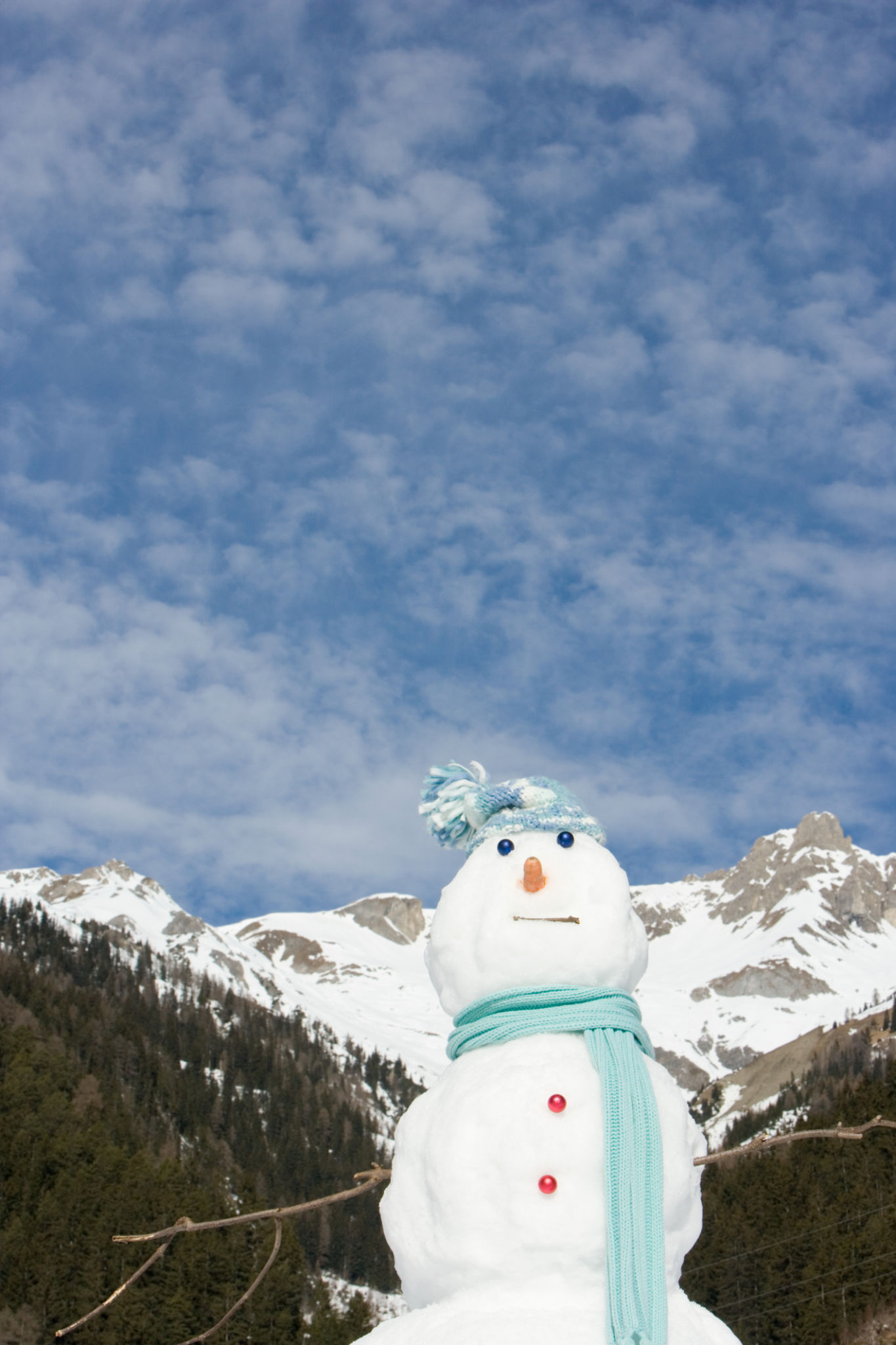Seasonal Writing: How to Adapt Your Style for Different Times of the Year
Understanding Seasonal Writing
Seasonal writing is a powerful tool for engaging your audience by aligning your content with the current time of year. This approach not only keeps your material fresh and relevant but also taps into the emotions and activities associated with each season. By adapting your writing style to the changing seasons, you can create content that resonates more deeply with your readers.
Each season comes with its own set of themes, holidays, and moods, which can be incorporated into your writing. Whether it’s the warmth of summer or the coziness of winter, tailoring your content to reflect these elements can enhance reader engagement.

Spring: Renewal and Growth
Spring is a time of renewal and growth, making it perfect for content that focuses on new beginnings and fresh starts. This season is ideal for topics related to self-improvement, gardening, and outdoor activities. You can infuse your writing with vibrant imagery and lively language to capture the essence of spring.
Consider incorporating themes of hope and rejuvenation into your content. Use descriptive language that evokes the sights and sounds of nature waking up from winter’s slumber. This approach can make your writing more vivid and engaging for readers.
Crafting Spring Content
When writing for spring, consider the following strategies:
- Use metaphors related to growth and renewal, such as budding flowers or emerging sunlight.
- Highlight activities like spring cleaning or starting new projects.
- Explore themes of transformation and personal growth.

Summer: Vibrancy and Adventure
Summer is synonymous with adventure, relaxation, and vibrancy. It’s a season filled with travel stories, outdoor fun, and sun-drenched days. When crafting summer content, aim to create a sense of excitement and exploration.
Incorporate bright, energetic language that reflects the lively nature of summer. Topics such as travel guides, beach reads, or outdoor events can be particularly appealing during this time. Focus on evoking sensory experiences that transport your readers to sunlit destinations.
Engaging Summer Themes
To capture the essence of summer in your writing:
- Use vivid descriptions to paint a picture of summer landscapes.
- Explore themes of freedom and adventure.
- Write about seasonal foods, festivals, and travel tips.

Autumn: Reflection and Change
Autumn brings a sense of reflection and change, making it an excellent time for introspective content. The crisp air and golden leaves inspire themes of transition and gratitude. In your writing, you can explore concepts such as personal growth and preparation for the coming winter.
The richness of autumn’s color palette can be mirrored in your language choices. Use warm tones and cozy imagery to convey the season's mood. This approach can draw readers in and encourage them to reflect on their own lives.
Writing with Autumn in Mind
Consider these tips for autumn-themed writing:
- Discuss themes of change and letting go.
- Highlight seasonal activities like apple picking or preparing for holidays.
- Incorporate sensory details that evoke autumn’s unique atmosphere.

Winter: Coziness and Contemplation
Winter is often associated with coziness and contemplation. It’s a time when people seek comfort in warm spaces and reflect on the year past. Content that focuses on these themes can resonate deeply during the colder months.
Embrace the tranquility of winter by using calm and soothing language. Topics such as home comfort, holiday traditions, or personal reflections are well-suited for this season. Your writing can provide warmth and connection during the chilly winter days.
Crafting Cozy Winter Content
To create compelling winter content:
- Focus on themes of comfort and togetherness.
- Explore holiday traditions and family gatherings.
- Use imagery that captures the serene beauty of winter landscapes.
